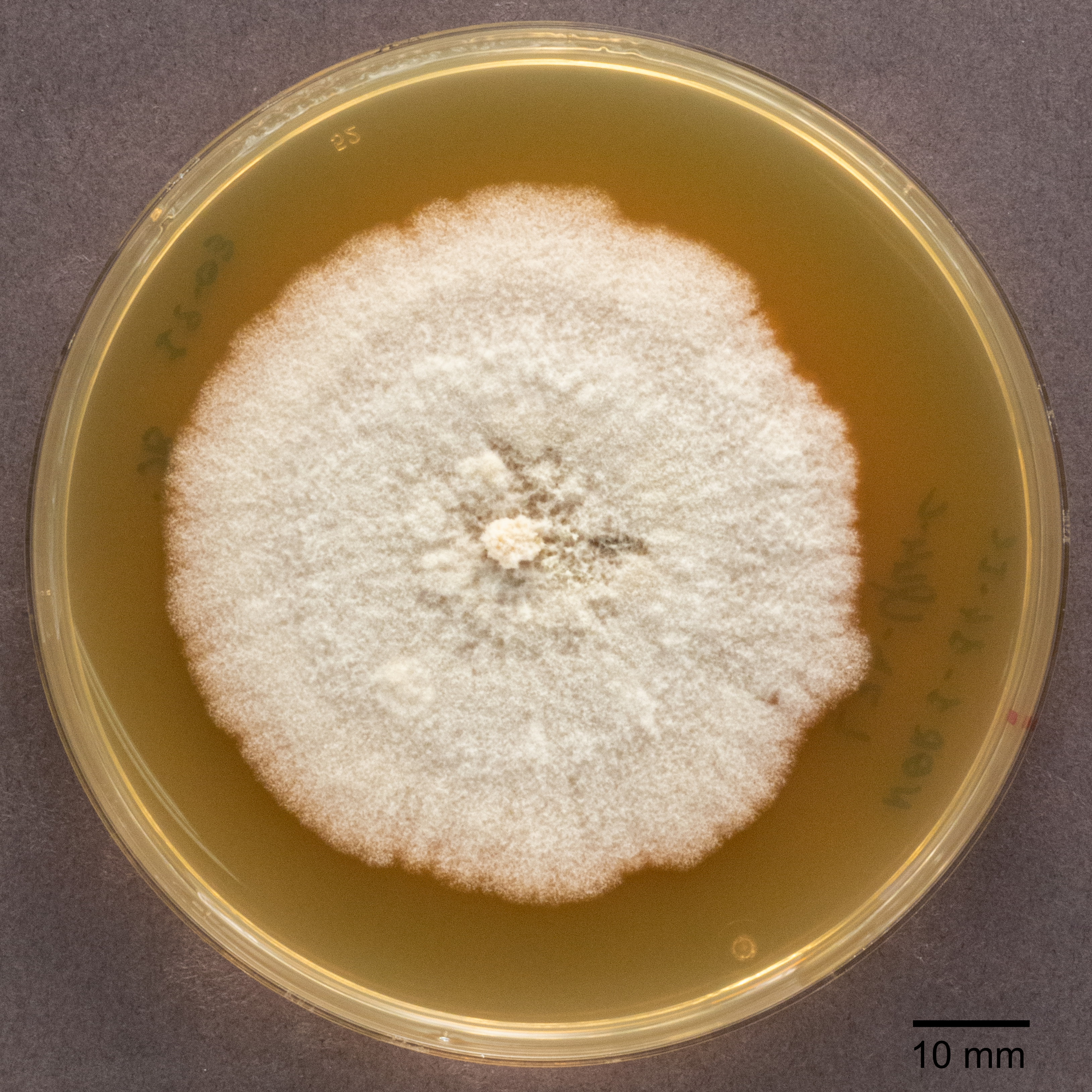
In the "1KFG: Deep Sequencing of Ecologically-relevant Dikarya
project (CSP1974)", we aim to sequence additional sampling of
genomic diversity within keystone lineages of plant-interacting
fungi and saprophytic fungi that are of special ecological
importance for understanding terrestrial ecosystems. In addition,
comparative genome analysis with saprotrophic, mycorrhizal and
pathogenic fungi will provide new insights into the specific and
conserved adaptations associated with each fungal lifestyle.
Lophodermium piceae
NOR1-14_p44
Lophodermium piceae is an ascomycete belonging to the
class Leotiomycetes within the family Rhytismataceae, and
represents an abundant foliar endophyte of spruce (Picea).
This species is widely distributed in the Northern hemisphere. In
Europe, L. piceae is mostly found in Norway spruce
(Picea abies). When needles are dying due to natural
senescence or stress, the fungus form fruit bodies and produce
ascospores, which will be discharged into the air and infect new
emerging needles. The fungus can occur inter- and intra-cellularly
in restricted tissue areas in green needles, and can colonize up to
90% of needles in all the host’s growth stages. Multiple
isolates often infect the same needle. While this species is
ubiquitous and has been shown to play an important role in
needle-litter decomposition in boreal forests, the genome
sequencing of L. piceae NOR1-14_p44 will be critical to
understanding the evolutionary history and ecology of the fungus,
elucidate past and current patterns of gene flow and study the
genetic bases of host adaptation of fungal endophytes. L.
piceae NOR1-14_p44 was isolated from healthy green needles of
Picea abies sampled in Solhomfjell, Norway.
Researchers who wish to publish analyses using data from
unpublished CSP genomes are respectfully required to contact the PI
and JGI to avoid potential conflicts on data use and coordinate
other publications with the CSP master paper(s).
